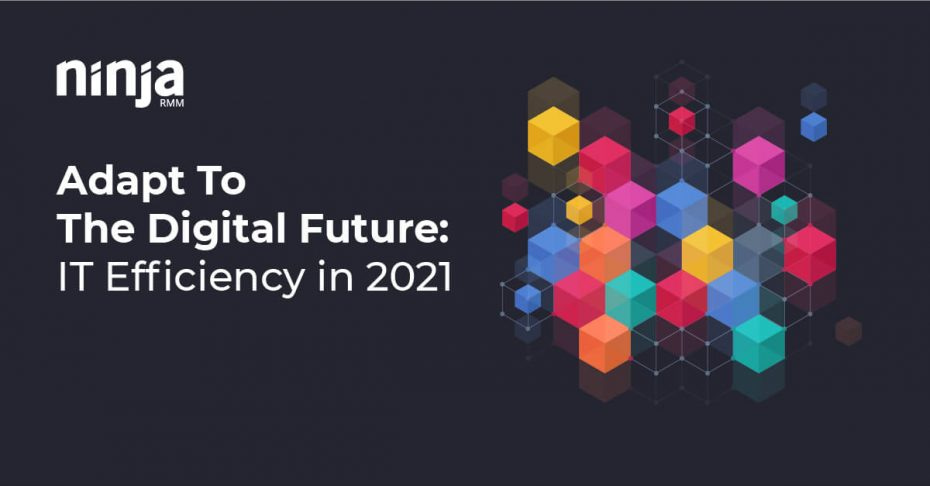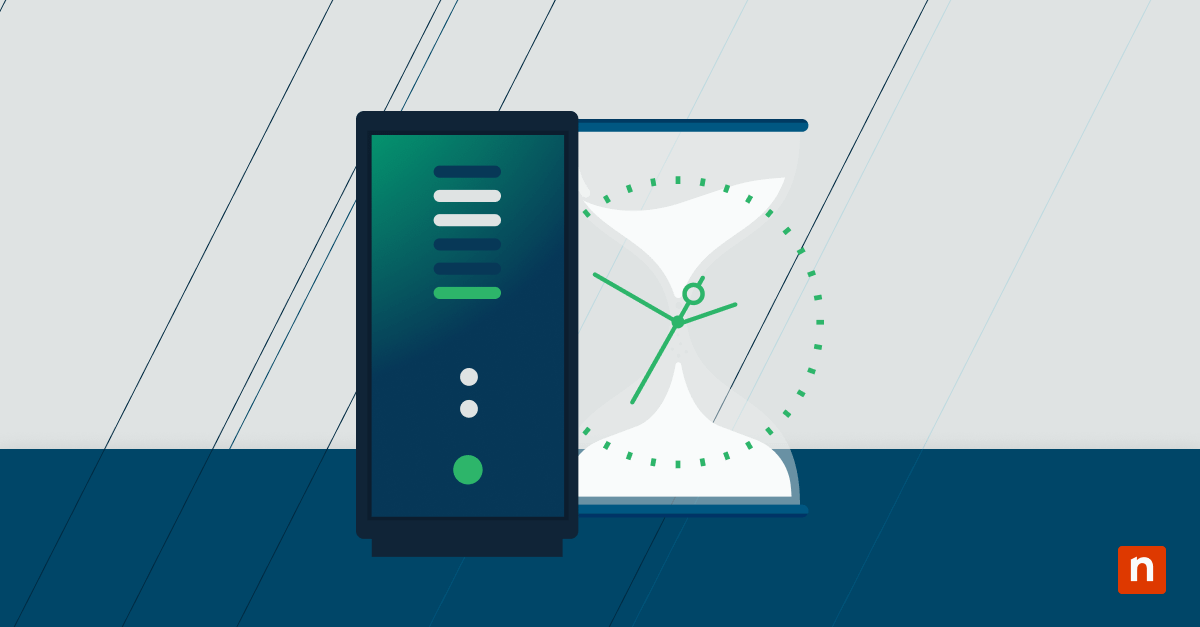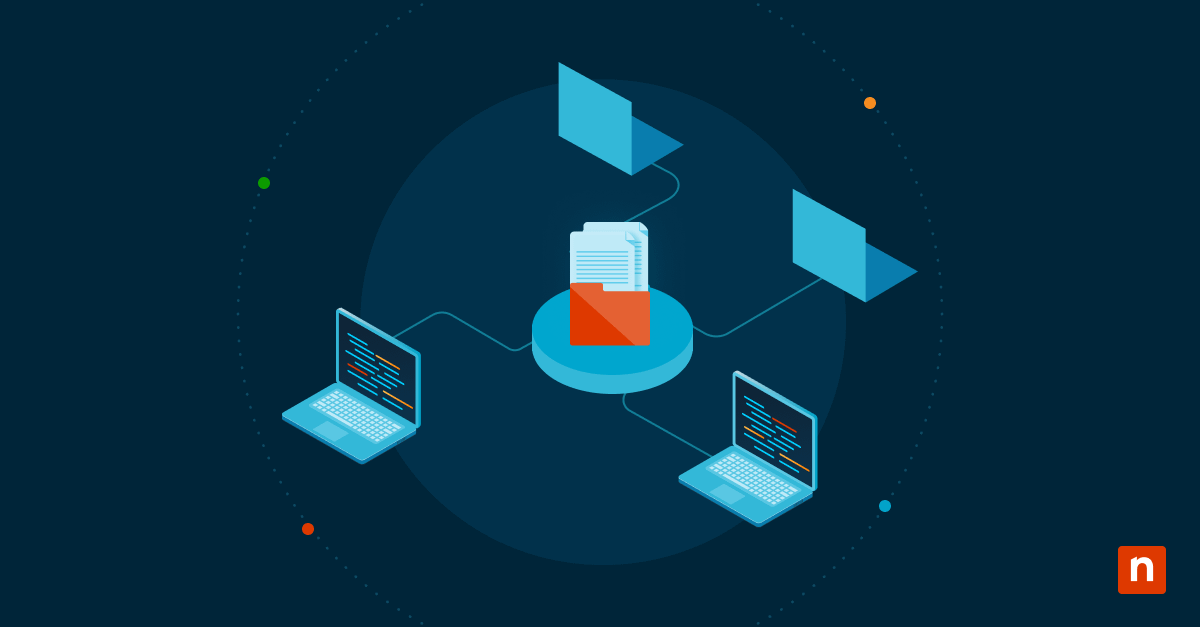Introducing NinjaOne’s new IT Efficiency Report
In the last year, the dual pressures of accelerating digital transformation and delivering seamless remote experiences have challenged IT efficiency like nothing before. Facing constrained budgets, threats from would-be cybercriminals, and a surge in new remote devices, the role of IT has become instrumental to modern businesses and increasingly complex to manage.
The need for efficient IT services and support has never been greater, but according to a new report from NinjaOne titled Adapting to the Digital Future: IT Efficiency in 2021, many organizations are slowed down by manual processes governing patch management, software deployment, and new device set-up.
Download NinjaOne’s report, Adapting to the Digital Future: IT efficiency in 2021
Key findings overview
The new report surveyed 900 business leaders in the US, UK, and Germany with knowledge of their IT and networking environments and found many haven’t automated routine device maintenance practices despite 87% of respondents reporting an increase in the number of new devices under management. These manual processes not only drain resources — 77% of IT teams spend more than three hours per endpoint on patch management — they also leave organizations vulnerable to cyberattacks by increasing the chances that a patch will be missed or fail.
Other areas impacting IT efficiency are challenges surrounding hiring skilled staff to manage IT functions and a general misunderstanding among business leaders of what IT needs to be successful.

Thankfully, NinjaOne’s report also identifies a few key areas where IT teams can implement changes to improve IT efficiency. We found that while 90% of business leaders report that they work with a MSP or another external technology expert to manage at least some functions, not all organizations are using their MSP in the most efficient way. Only 24% of business leaders report their MSP manages patch management for their organization, 28% have their MSP manage endpoint security, and 41% have their MSP provide server support. These are IT services that MSPs excel at delivering and can easily be included in a co-managed or fully managed services agreement.
Another benefit of partnering with an MSP in a co-managed IT or fully managed IT scenario is that it brings in a flexible, skilled labor force to the organization. According to the report, finding the right talent has been a major hurdle to IT management success and that’s led many organizations to invest in continuing technical education for staff and basic IT education for end-users.
How NinjaOne improves IT efficiency
MSPs that use NinjaOne’s remote monitoring and management (RMM) solution reported considerable cost savings on routine device maintenance that results in less downtime and greater compliance rates. 60% of NinjaOne MSP users spend less than 3 hours per endpoint on patching and achieve a patch compliance rate of 78%. Beyond patch management, MSPs using NinjaOne save an average of 1 hour per endpoint per month on server maintenance, 2.1 hours per new device set-up, 1.6 hours per month on software deployment, and 2.4 hours per month on IT reporting. This is accomplished through a combination of advanced policy settings to enable automation, proactive alerts that help to efficiently prioritize maintenance resources, and powerful end-user sharing configurations.
As businesses move from survival mode to a recovery and growth phase, there are opportunities both for MSPs looking to grow their business and internal IT leaders seeking improved IT outcomes without sacrificing security or cost. NinjaOne’s report found that most businesses have partnered with a MSP or another external IT professional to manage at least some functions of their IT and networking environment, but few operate under a fully managed model.
For MSPs that already have a relationship with internal IT departments, they should educate their clients on the services they provide and have them included in a managed services agreement (MSA). For business leaders looking to increase IT efficiency, they should reach out to their technology partners and learn more about their service offerings and what time-consuming tasks they can take over and manage better.
With the insights from this report, we hope that readers can take action and identify better ways to manage remote devices to secure their organization and drive IT efficiency.
Download NinjaOne’s report, Adapting to the Digital Future: IT efficiency in 2021








